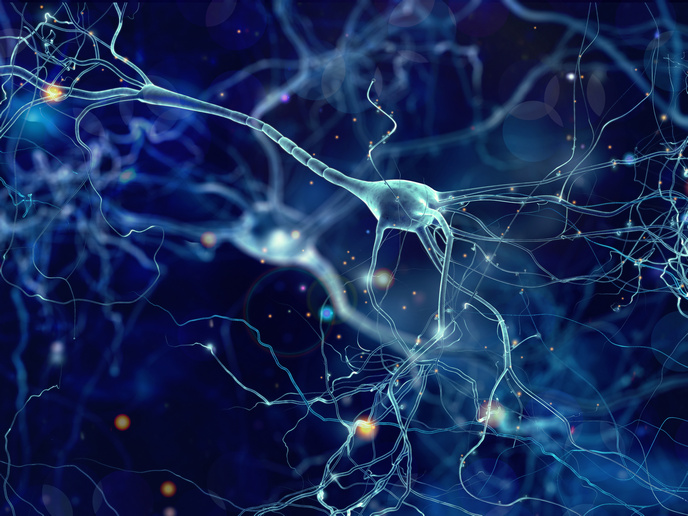Regulating sleep — Notch signalling
Scientists have joined forces under the project 'Role of notch-dependent neurone-glia signalling in sleep and brain function’ (INSOMNOTCH). They used the Drosophila model to understand the role of neuron-glia signalling pathway in sleep homeostasis and learning. Notch is a trans-membrane receptor that has been linked to neuron-glia signalling pathways associated with sleep-wake regulation and learning. Delta is a ligand for the Notch receptor. Scientists activated and suppressed Notch activity to elucidate how Notch regulates sleep, learning and brain systems. Notch canonical pathway activation was monitored in Drosophila using the Notch Reporter Element-green fluorescent protein (NRE-GFP). Results validated the premise that canonical Notch signalling is activated in glial cells. Despite sleep deprivation, notch activation in glial cells prevented learning impairments and sleep rebound. Overexpressing Delta also showed similar results and data was published in Current Biology in 2011. Scientists also inhibited canonical Notch signalling by reducing Notch or Suppressor of Hairless (a transcription factor that is part of the Notch complex) expression. Significant learning impairments and reduced sleep rebound was noted in these instances. Drosophila flies who were subsequently given L-DOPA, a precursor of dopamine, showed reversal in learning impairment. This suggests that impaired dopamine signalling could be a consequence of altered Notch signaling. INSOMNOTCH performed whole genome profiling to identify molecular changes during normal, activated and inhibited Notch signalling conditions. More than 700 genes were found that were affected by activation or suppression of Notch expression in glia. Out of the 15 genes that were tested, two genes involved in lipid regulation and glial coupling were associated with key roles in sleep regulation. Project activities suggest that the Notch signalling pathway has been conserved through evolution and the results with the Drosophila model could be partially applicable to mammalian systems. INSOMNOTCH has broadened our knowledge about the role of Notch signalling in normal brain function, sleep regulation and glial metabolism. This has significant implications for the treatment of sleep disorders such as insomnia as well as the treatment of learning disorders.







